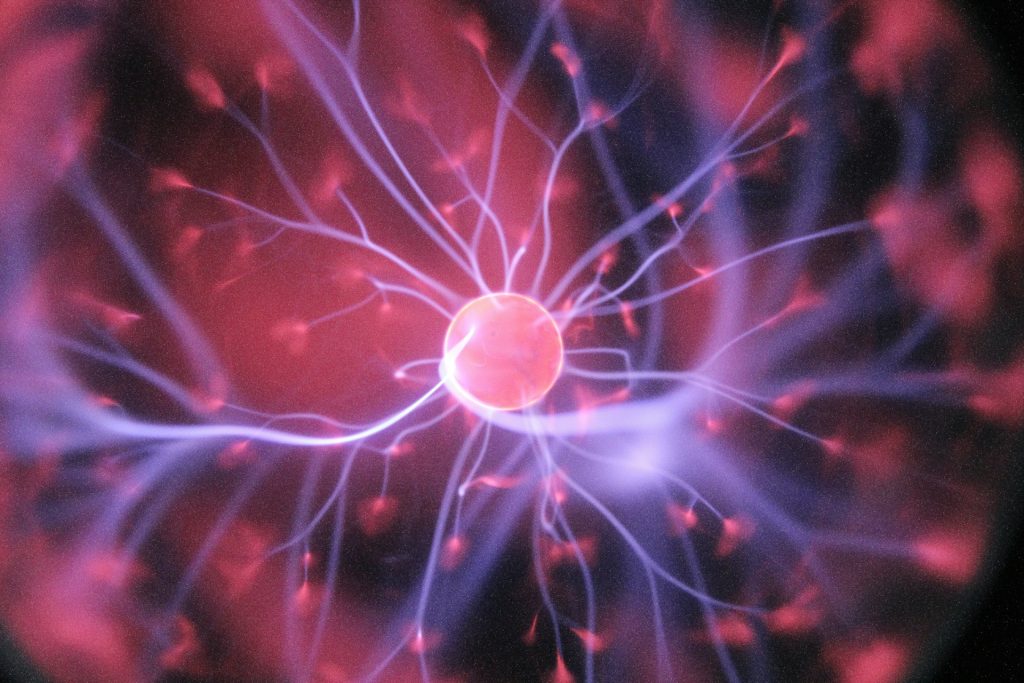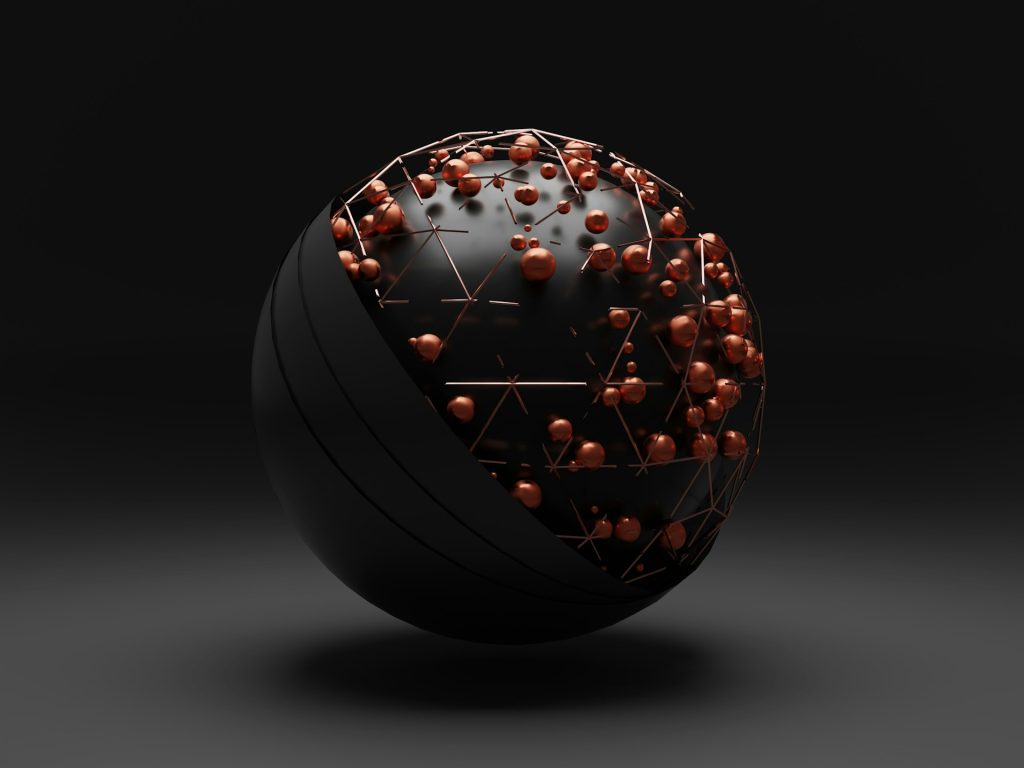Atoms, the fundamental units of matter, are the unseen architects of the universe. From the vast cosmos to the tiniest particles, everything around us is composed of these microscopic building blocks. Let’s embark on a journey to uncover the mysteries of atoms and their significance in shaping our world.

Unveiling the Basics
Atoms are the bedrock of all matter, with the exception of energy. Coined from the Greek word for “indivisible,” atoms were once thought to be the smallest, indivisible entities in the universe. However, we now understand that atoms comprise three subatomic particles: protons, neutrons, and electrons, which in turn consist of even smaller entities like quarks.
Birth of Atoms
The story of atoms began with the colossal event known as the Big Bang, approximately 13.7 billion years ago. As the newborn universe expanded and cooled, the primordial soup of quarks and electrons condensed, giving rise to protons, neutrons, and eventually, nuclei. Over time, these nuclei captured orbiting electrons, forming the first atoms—predominantly hydrogen and helium, the elemental building blocks of the cosmos.
Anatomy of an Atom
At the heart of an atom lies its nucleus, housing protons and neutrons, while electrons whizz around in a cloud-like orbit. Despite their minute size, protons and neutrons possess considerable mass compared to electrons. Interestingly, atoms maintain an equilibrium of protons and electrons, defining their elemental identity.
The Role of the Nucleus
Discovered in 1911 by Ernest Rutherford, the nucleus is the central command of an atom, harboring almost all its mass. Protons, with their positive charge, and neutrons, with no charge, reside within the nucleus, bound together by the strong nuclear force—a fundamental force of nature.
Decoding Protons
Protons, identified by Rutherford, are positively charged particles found in atomic nuclei. They play a crucial role in determining an atom’s identity, with the number of protons defining its atomic number and chemical properties.
Exploring Electrons
First observed by J.J. Thomson in 1897, electrons are negatively charged particles orbiting the nucleus. Their minuscule size and unique behavior govern an atom’s chemical and physical characteristics, shaping its reactivity and bonding patterns.

The Enigmatic Neutron
The neutron, theorized by Rutherford and confirmed by James Chadwick in 1932, is an uncharged particle residing within atomic nuclei. Together with protons, neutrons constitute the nucleus, contributing to an atom’s stability and mass.
Evolution of the Atomic Model
The concept of the atom has evolved through millennia of scientific inquiry. From Democritus’ ancient postulations to Rutherford’s revolutionary discoveries, each step has deepened our understanding of these fundamental particles. Subsequent contributions by scientists like Niels Bohr, Erwin Schrödinger, and Werner Heisenberg refined and expanded upon Rutherford’s model, leading to the quantum understanding of atoms we possess today.

Atoms, though invisible to the naked eye, wield immense influence over the universe. From the shimmering stars to the bustling cities, every entity owes its existence to the intricate dance of atoms. Understanding these building blocks unlocks the mysteries of matter and energy, offering a glimpse into the fabric of reality itself. As we continue to explore the depths of the cosmos, let us marvel at the profound simplicity and boundless complexity encapsulated within the humble atom.





